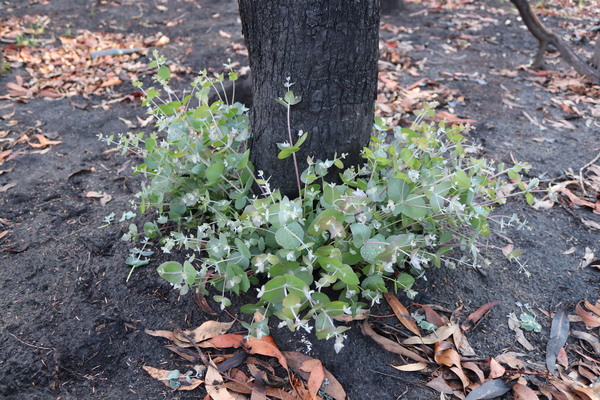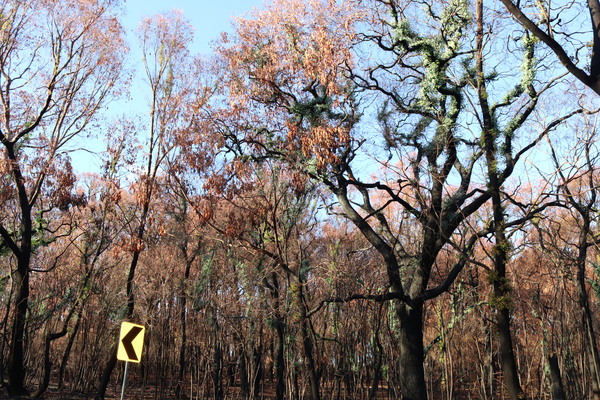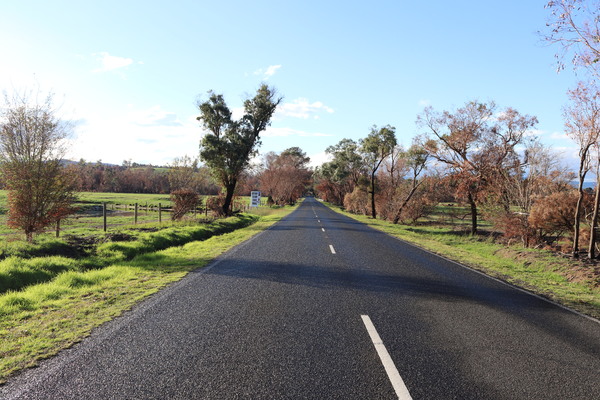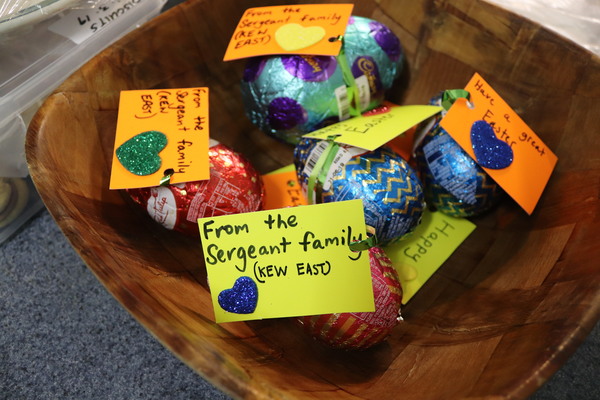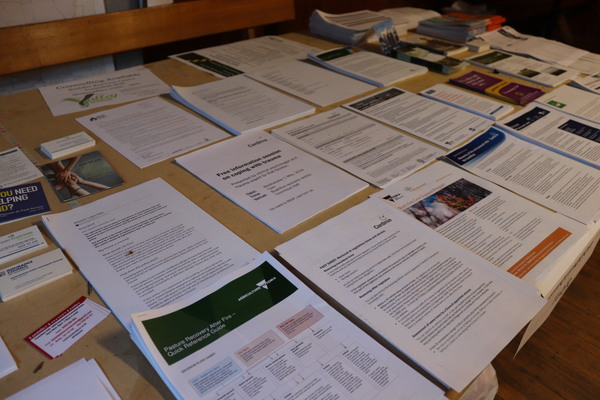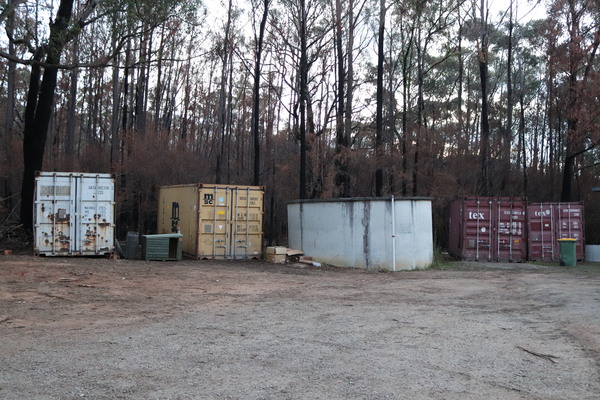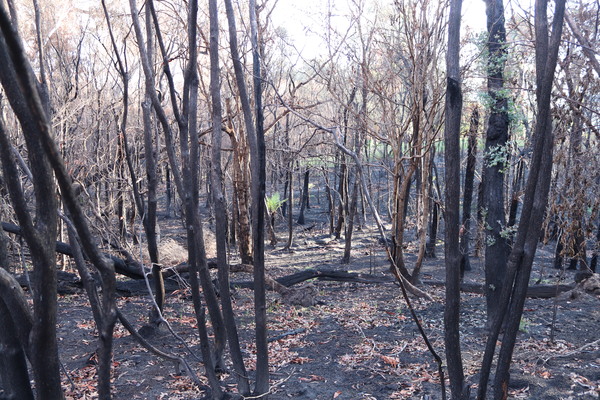
By Danielle Kutchel
There are fresh green leaves sprouting from the trees along the road to Tonimbuk – new growth, after a disaster almost incomprehensible. A slight column of smoke rises from the hills in the distance, a shadow of what was.
At first, it’s hard to believe that only two months ago, this countryside was ablaze under a reddened sky – the pastures are too green, and too wet with recent rain. Then you get further along and the scale of the devastation becomes apparent: verges that are still laden with ash, blackened skeletons of trees, the distant crash of another one felled as tractors move through the forest on clean up duty.
Around a bend, a sign appears: ‘Drop-in centre’. The Tonimbuk Hall was miraculously preserved despite evidence of fire all around it – lucky, because it has become the focal point of the rebuilding efforts.
Dinah Jacob, a CFA volunteer from Bayles who works as a coordinator at the hall under the Lions Club, says there’s a lot going on.
“About 300 families were affected, so they come to us first and we ascertain their needs and get them to where they need to go, whether it be Cardinia Shire or Windermere for mental health care checks, or St Vinnies for money and vouchers.”
There are counsellors present, and caterers supply lunch every day at 12:30 for those who just need to come and chat, take their minds off things or talk through their experience.
“It’s getting away from their properties and just having a break from that constant fencing and chopping down trees and splitting firewood. Looking at it day in, day out is depressing for people, I think.”
After the initial devastation, Ms Jacob says they’ve noticed an increase in people presenting with mental health issues. There are children who are now scared of lightning, after an electrical storm sparked the Bunyip blaze.
It’s not just the physical loss of property that affects people either; Chris Russo, a volunteer from St Vincent De Paul, says smoke damage and the tense wait for the insurance companies have also got people on edge.
“It’s getting them down if they can’t get into their homes,” she explains.
As the community picks up the pieces, what they desperately need now is manpower: volunteers to take on the physical work of cutting down trees, dismantling old chook sheds and cleaning up fences. The hall has trailers and utes for people to use to carry the big stuff. Caravans are also needed, so that people have somewhere to stay on their property while they begin the mammoth rebuild.
Ms Jacob says those who don’t live in the area often don’t understand the scale of what is needed.
“They think … the red trucks have gone back to their fire stations and there’s no more smoke so the fire is out, it’s finished. The majority … have no idea of the scale of what’s involved up here now, and the heartache. No idea at all.”
Ms Russo adds, “Others say, ‘what fires?’ They don’t know about it. They just get on with their life and forget about it all.”
Of course, volunteers also need to be able to process what’s gone on.
“We have our days when were more tired than others,” Ms Russo says, “I think we’re taking on a lot of people’s emotions. We’re taking it away from them hopefully, but I’m not sure what we’re meant to do with it!
“I’m finding that when you’re not here, you feel like you should be or want to be. You just become part of it. You feel responsible to be here.”
Ms Jacob says the hall will remain open for at least 12 months while the clean-up could take years – but amongst the pain and the heartache, there are glimmers of hope and survival.
“It is nice driving up now, you’ve got green shoots on the trees and it’s starting to feel less like a war zone, it’s starting to feel a little bit fresh and a little bit new, and cooler weather helps too – it helps everyone,” Ms Jacob says.
Anyone who would like to assist with the rebuild effort as a volunteer is urged to email tonimbukrecoverycentre@gmail.com, or call 0436 836 094.


